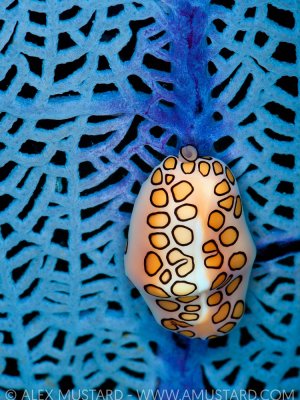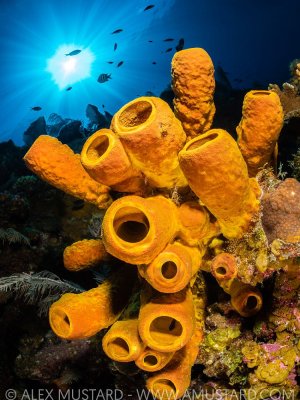Domain: Eukarya
Kingdom: Animalia
Phylum: Chordata
Class: Osteichthyes
Order: Perciforms
Family: Scombridae
Genus: Euthynnus
Species: Euthynnus alletteratus
My husband loves to eat tuna. If he could have it every day, I think he would! Little tunny, or little tuna, is a common species of tuna found in the tropical and subtropical waters of the Atlantic Ocean, the Caribbean Sea, the Gulf of Mexico, the Black Sea, and the Mediterranean Sea.
Euthynnus allettatus can grow up to 48 inches and averages around 20 pounds when fully grown. The fish is has countershading, dark-blue gray coloring on top that fades to a silvery-white toward the belly. It has a torpedo-like shape that cuts down on water resistance, similar to species of sharks and dolphins. The base of the tail is thin, and the tail fin is crescent-shaped, allowing the little tuna bursts of speed to evade predators or to catch its prey.
There are two distinct features that help to identify little tunny. On the dark blue-gray top of the fish are a couple of wavy lines that form unique patterns running from the dorsal fin to the tail fin. The second feature is found underneath the small pectoral fins, five to seven small dots that stand out against the silvery-white.
Little tunny are considered opportunistic feeders, which is just a fancy way of saying that this fish will eat almost anything it can get a hold of. Typically, it will feed on crustaceans, smaller fish, and squid.
There is a wide range of organisms that prey on little tunny, including larger tuna, dolphinfish, swordfish, and various species of sharks.
E. allettatus reproduce between April and November around the Atlantic Ocean. Females will release their eggs into the open water for males to fertilize. Females release their eggs multiple times throughout the reproductive months, and the species can produce almost 2 million eggs per year. Whale sharks have been found in these waters, such as off the coast of Isla Mujeres, looking to gorge themselves on fish eggs.
These fish are very important to the local fisheries, including the West Indies. They’re a good fish to consume; the meat is darker and has a stronger taste than larger commercial tuna, and it can be prepared in a number of ways. Little tunny are also good game fish, because they give fishermen a bit of a challenge.
Their population numbers are good, and the species is considered to be of least concern of extinction by the IUCN Red List. If properly regulated, little tunny would be an excellent species of tuna to introduce to larger markets to ease off the pressure of other, scarcer species of tuna.
Isla Mujeres is on my list of places to go. I’ve already decided that while we’re there we’re going to try locally sourced little tunny, if it’s available. I would love to see if my tuna-loving husband enjoys this species of tuna!
Sources and links:
Reef Fish Identification: Florida Caribbean Bahamas 4th Edition by Paul Humann and Ned Deloach
https://www.floridamuseum.ufl.edu/discover-fish/species-profiles/euthynnus-alletteratus/ ⇐more extensive breakdown of little tunny
https://myfwc.com/wildlifehabitats/profiles/saltwater/tuna/little-tunny/ ⇐ key points
http://species-identification.org/species.php?species_group=fnam&menuentry=soorten&id=1925&tab=classificatie
https://www.fishbase.se/summary/97





